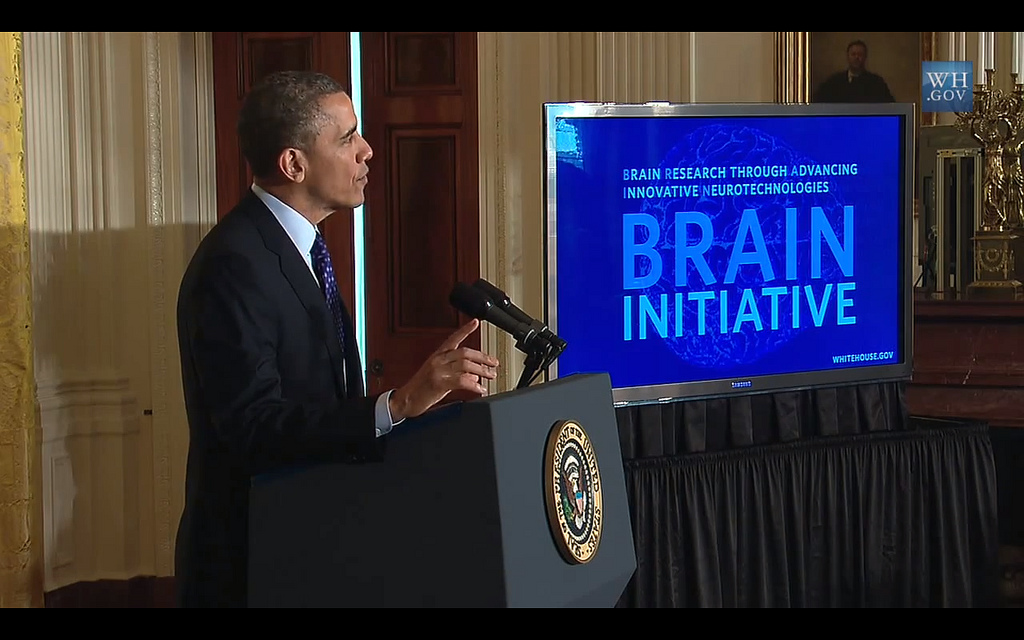In 2013, President Barack Obama launched the BRAIN (Brain Research through Advancing Innovative Neurotechnologies) Initiative, channelling hundreds of millions of dollars into the research of the mind. The human brain remains in many ways a mystery, a center of thought and personality, but also of debilitating disease — a mystery worth exploring.
As stated on the official website of the BRAIN Initiative, “If we are ever to develop effective ways of helping people suffering from [neurological and psychiatric] conditions, researchers will first need a more complete arsenal of tools and information for understanding how the brain functions both in health and disease.”
Recent research involving the University of Southern California (USC) and Wake Forest Baptist may be just the sort of breakthrough needed to better understand how the brain stores memories, and the findings could lead to the advancement of prosthetic memory technology.
Led by Ted Berger and Robert Hampson, researchers have successfully created an implant that they believe could be used in the future to replace a damaged region of the brain, the hippocampus. The hippocampus region primarily serves to store memories of recent experiences and events and is one of the first areas of the brain to be damaged by Alzheimer’s disease.
Using an array of electrodes, researchers created an implant to gather and analyze the brain’s electrical signals during the process of memory formation. The signals were monitored as test subjects performed common tasks, and an algorithm was developed to determine how various input signals corresponded with how the brain encoded the signals. Through fine-tuning of the algorithm, researchers were able to predict how an input brain signal would be translated by the hippocampus with 90 percent accuracy.
Project leader Ted Berger of USC prudently explained how translating differs from mind reading: “It’s like being able to translate from Spanish to French without being able to understand either language.”
Tests were performed on the hippocampus regions of small animals, like rats, as well as on humans with chronic seizures. Testing on subjects with damaged hippocampi has yet to be performed, but as Dr. Robert Hampson of Wake Forest Baptist assured, “Being able to predict neural signals with the model … suggests that it can be used to design a device to support or replace the function of a damaged part of the brain.”
When memories are stored in the brain, electrical signals are transmitted and encoded many times before being stored as a long-term memory. The final goal of the implant would be to serve as a replacement for damaged short-term memory in the hippocampus, transmitting signals directly to the intact long-term memory.
Berger and his team hope to have a fully functional prosthetic memory implanted in the brains of rats within two years, able to not only perform signal translations but also to transmit the signals to long-term memory. For widespread use of the implant in humans, however, Berger warns that 10 to 15 years may be needed. Near-100 percent accuracy of translation would be required, as well as overcoming legal and ethical barriers.
Additionally, as Dr. Clare Walton of the Alzheimer’s Society warned, such an implant “will not cure or slow down the progress of [Alzheimer’s],” meaning that while it could nullify the effects of short-term memory loss, it would not be able to stop brain loss from spreading further. Nonetheless, this reservation should not overshadow the good that could come if the implant is fully realized, as loved ones suffering from Alzheimer’s would be able to remember things correctly, at least for a time.








